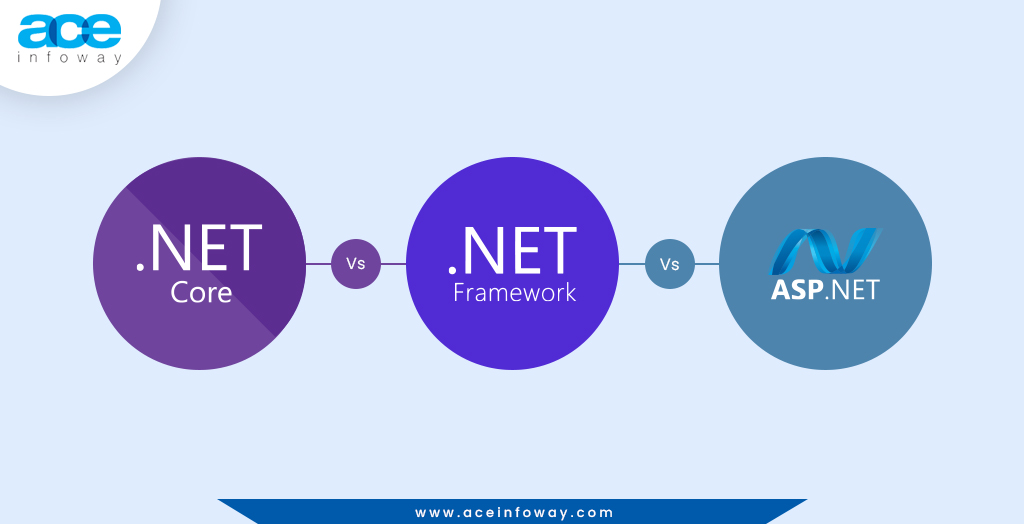Unlocking The Power Of .NET Framework 3.5 (Including .NET 2.0 And 3.0 Offline Installer)
In the world of software development, the .NET Framework stands out as a crucial platform that enables developers to create robust applications. .NET Framework 3.5, which incorporates versions 2.0 and 3.0, is particularly significant as it introduced several enhancements that improved performance and usability. This version is not just a simple update; it carries with it a wealth of features that cater to the diverse needs of developers and users alike.
The .NET Framework 3.5 is designed to be backward compatible, meaning that applications built on earlier versions can run seamlessly on this platform. This compatibility ensures that developers can leverage the latest features without sacrificing the functionality of existing applications. Furthermore, the offline installer offers a practical solution for those who may not have consistent internet access, allowing them to install the framework without any hassle.
As we delve deeper into the .NET Framework 3.5 (including .NET 2.0 and 3.0 offline installer), we will explore its key components, benefits, and installation process. Whether you are a seasoned developer or a newcomer eager to learn, understanding this framework is essential for building efficient and high-quality applications.
What Are the Key Features of .NET Framework 3.5?
The .NET Framework 3.5 comes packed with numerous features that enhance application development. Some of the key highlights include:
- Language Integrated Query (LINQ): LINQ simplifies data manipulation by allowing developers to write queries directly in C# or VB.NET.
- ASP.NET AJAX: This feature enables richer and more interactive web applications by allowing asynchronous updates to web pages.
- Improved Base Class Library: The framework enhances the base class library, providing additional classes and methods for developers.
- Windows Communication Foundation (WCF): WCF allows for seamless communication between applications, regardless of the technology used.
How to Install .NET Framework 3.5 (Including .NET 2.0 and 3.0 Offline Installer)?
Installing the .NET Framework 3.5 is a straightforward process, especially with the offline installer. Here’s a step-by-step guide:
- Download the .NET Framework 3.5 offline installer from the official Microsoft website.
- Run the installer and follow the on-screen instructions.
- Select the components you wish to install (ensure .NET 2.0 and 3.0 are included).
- Complete the installation and restart your computer if prompted.
What Are the Benefits of Using .NET Framework 3.5?
The adoption of .NET Framework 3.5 offers several advantages for developers and organizations:
- Enhanced Productivity: The framework provides tools and libraries that accelerate the development process.
- Cross-Platform Compatibility: Applications developed can run on different platforms, enhancing their reach.
- Security Features: Built-in security measures protect applications from vulnerabilities.
- Rich User Interfaces: Developers can create visually appealing applications with ease.
Is .NET Framework 3.5 Compatible with Windows 10?
Yes, .NET Framework 3.5 is compatible with Windows 10. However, it may require enabling through the Windows Features settings:
- Open Control Panel and select “Programs.”
- Click on “Turn Windows features on or off.”
- Check the box for .NET Framework 3.5 (includes .NET 2.0 and 3.0) and click OK.
- Follow the prompts to complete the installation.
What Applications Use .NET Framework 3.5?
Numerous applications utilize .NET Framework 3.5 due to its versatility and robust features. Some notable examples include:
- Microsoft Office applications that require specific functionalities.
- Enterprise applications developed for internal use.
- Web applications built using ASP.NET.
- Desktop applications that leverage WPF for a rich user interface.
How to Troubleshoot Installation Issues with .NET Framework 3.5?
Occasionally, users may encounter issues while installing .NET Framework 3.5. Here are some common troubleshooting steps:
- Check for Windows Updates: Ensure that your operating system is up to date.
- Disable Antivirus Software: Temporarily disable any antivirus software that may interfere with the installation.
- Use the .NET Framework Repair Tool: Microsoft provides a tool that can fix issues related to .NET Framework installations.
- Consult Event Viewer: Check the Event Viewer for more detailed error messages related to the installation.
Conclusion: Why Choose .NET Framework 3.5?
In conclusion, .NET Framework 3.5 (including .NET 2.0 and 3.0 offline installer) continues to be a pivotal platform for software development. Its rich feature set, backward compatibility, and ease of installation make it an attractive choice for developers looking to build high-quality applications. By understanding its capabilities and benefits, developers can harness the full potential of this framework, ensuring their applications are efficient, secure, and user-friendly.
Exploring Audrey Hepburn's Age During Breakfast At Tiffany's
Understanding Closet Door Rough Opening: A Complete Guide
Understanding The Core Beliefs Of Stoicism

Understand Core Vs Framework Vs

4.5 Framework Features

How To Install NET Framework 3.5 on Windows 11 Offline Installer